Considered one of the best anime series of all time, the based on a series of science fiction novels written by Yoshiki Tanaka “Legend of the Galactic Heroes” is now relaunched by Studio IG, retaining the quality of the original but improving the audiovisual aspect.
Buy This Title
on Amazon
In AD 2801, the Galactic Federation was formed, resulting in political power moving away from the planet Earth (now named Terra) and the Space Era calendar replacing the Gregorian calendar, with 2801 AD now being SE 1. Rudolf von Goldenbaum, an ex-admiral turned dictatorial politician, is elected to power. After declaring himself Emperor Rudolf I, absolute monarch of the renamed Galactic Empire, he restarts the calendar again, beginning the Imperial Calendar on SE 310/AD 3110. His regime adopts extremist policies, including the suppression of any opposition and the extermination of anyone perceived too weak (such as the disabled and the poor), which is carried out until his death in IC 42/SE 351/AD 3151.[4]: 14–17 He also moves the capital of the Empire to the planet Odin, the third planet in the Valhalla system.[4]: 25
In IC 164/SE 473/AD 3273, a group of serfs in the Altair star system manage to escape captivity and make “the Long March of 10,000 Light-Years” into the Sagittarius Arm to escape the Galactic Empire, located within the Orion Arm. These people set up the Free Planets Alliance, a democratic republic which uses the Space Era calendar, founding the Alliance in SE 527/IC 218/AD 3327 on the planet Heinessen. In SE 640/IC 331/AD 3440, the first battle between the Empire and Alliance occurs, resulting in a major Alliance victory. The two realms have been at war ever since.
A third realm is also set up, the Dominion of Phezzan, a planet-state (city-state on a galactic scale) with connections to Terra. It technically remains a part of the Empire and pays tribute, but also maintains a relationship with the Alliance. Ruled by a domain lord called the “landsherr”, Phezzan gains power by acting as both paragon and trickster, providing the only link between the Empire and Alliance, while simultaneously playing the two sides against one another
It is in this setting that we meet the two main protagonists/antagonists, Reinhard von Lohengramm from the Galactic Empire and Yeng Wen-li from the Free Planets Alliance. The series starts with a major battle won by the former, particularly due to his courage and strategic abilities, that guide him even against the advice of some of the elder admirals in the Empire's fleet. At the same time, Yeng, who also finds himself “clashing” with some of his higher ups who do not realize his genius, eventually gets control of the Alliance's Fleet and manages to let a large part of it escape, in a deed that deems him a hero back home. The series then focuses on the background of the two opponents, as much as their struggles rising into the ranks of their respective sides.
The concept of the two genius fighting is already an intriguing one, but Shunsuke Tada also analyzes them fully, a tactic that brings out their differences and their similarities, thus creating a rather appealing antithesis, which also makes it rather difficult to pick sides. Particularly the fact that Reinhard is rather ambitious while Yeng wants to be left alone but finds himself repeatedly sucked into army business, is quite interesting to watch, also because it highlights the fact that both youths also have to face their respective political and military system.
This last element also leads to the intense sociopolitical comments, in another of the series' great traits. The way politicians use war for personal gain and to retain their authority is presented in all its shocking glory, with the fact that they do not care for the people they send to war to die being eloquently portrayed. Furthermore, Tada also focuses on the finances of war and the consequences extreme spending has in real economy, with both sides presented as suffering intently from it, even more so due to war mongers who buy war bonds from both countries, ending up with huge profits in the end. Lastly, the anime also shows how the lack of capable hands in all aspects of the professional sector, due to enlistment, harms society in a number of ways, thus rounding up the intense anti-war message which is one of the main goals here.
Apart from context though, the series also thrives on the action aspect. Starting with the all-time favorite “recruiting” of subordinates, and continuing with a series of battles which are both strategically and audiovisually impressive, this element is definitely of equal quality with the context, also due to some of the best CGI we have seen lately. The drawing of the various battleships is rather detailed, with the same applying to the different backgrounds, while the animation retains a fitting realism during the calm moments and becomes more extravagant during the fights, in another great job by Studio IG. Yuko Kikuchi, Iwao Teraoka and Kei Tsushima's character design is also of the highest level, with the plethora of characters being easy to distinguish from one another, both due to their physical appearance and their clothing.
“Legend of the Galactic Heroes: Die Neue These” is a rather welcome relaunching and one of the best series of the last few years. Netflix should learn a thing or two from Studio IG on how to adapt older anime.




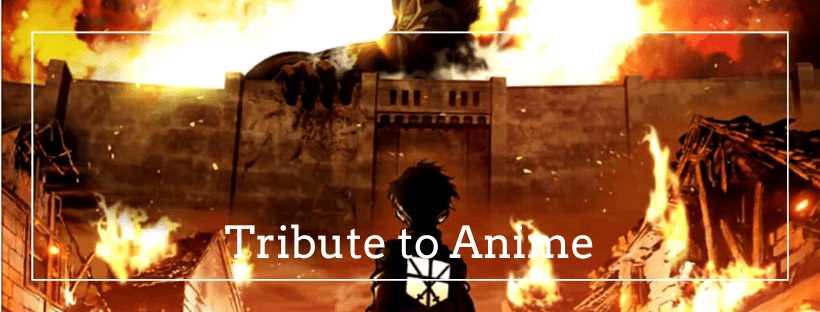

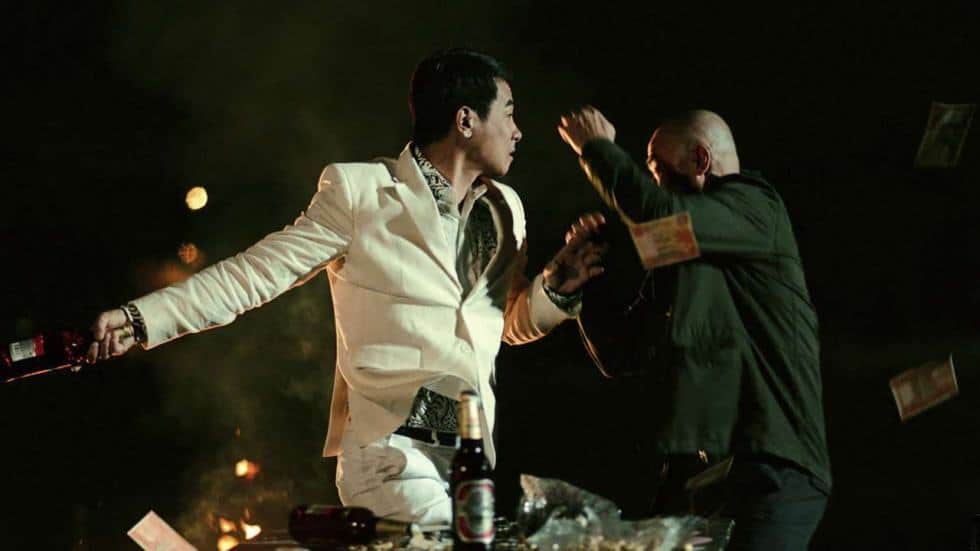
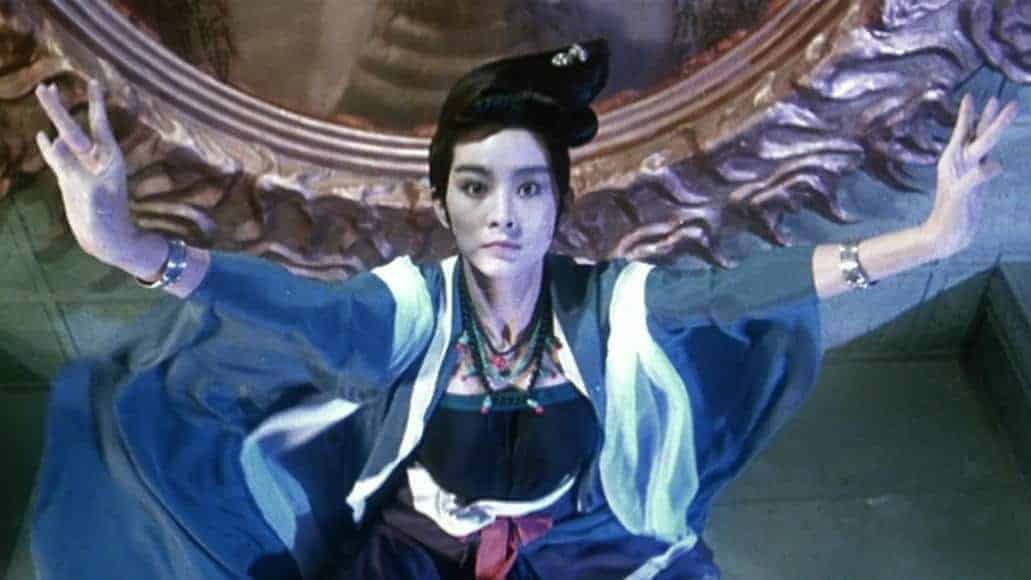
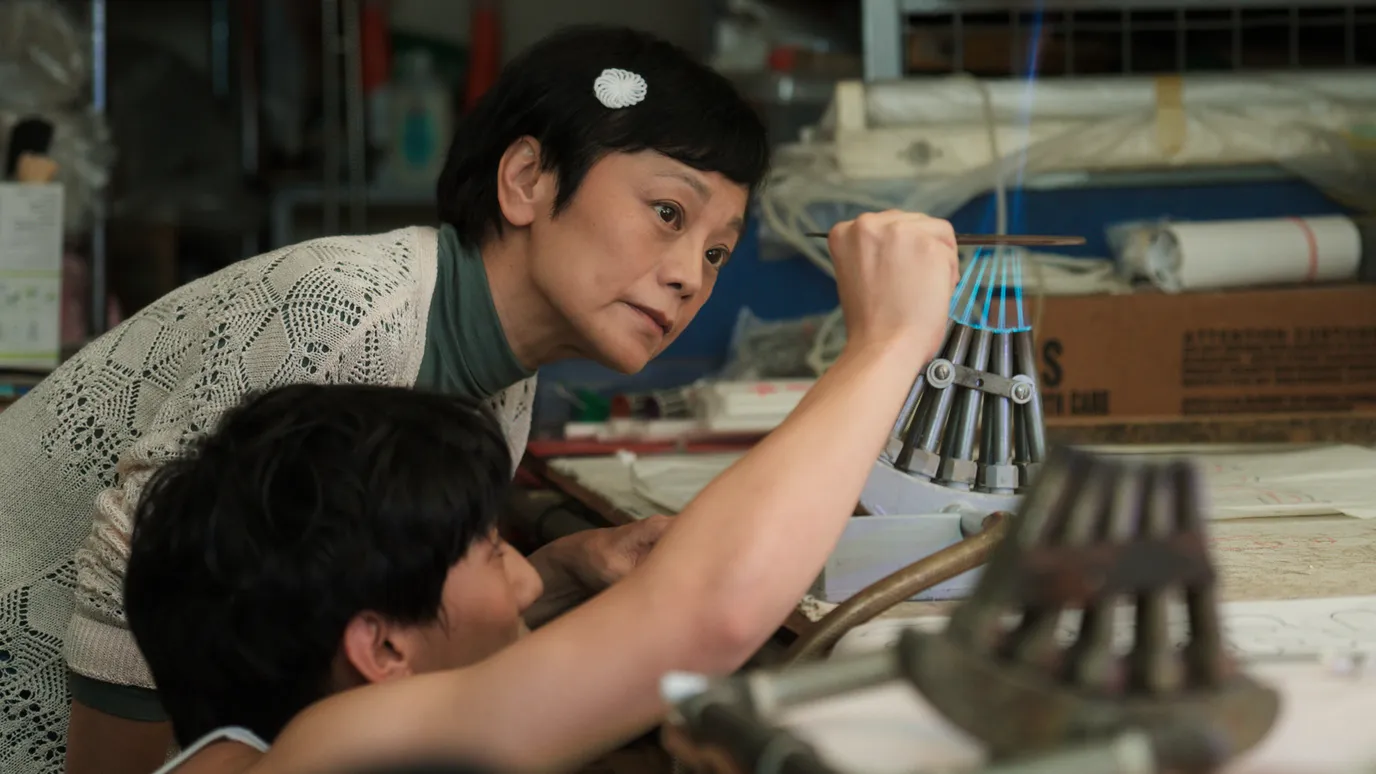

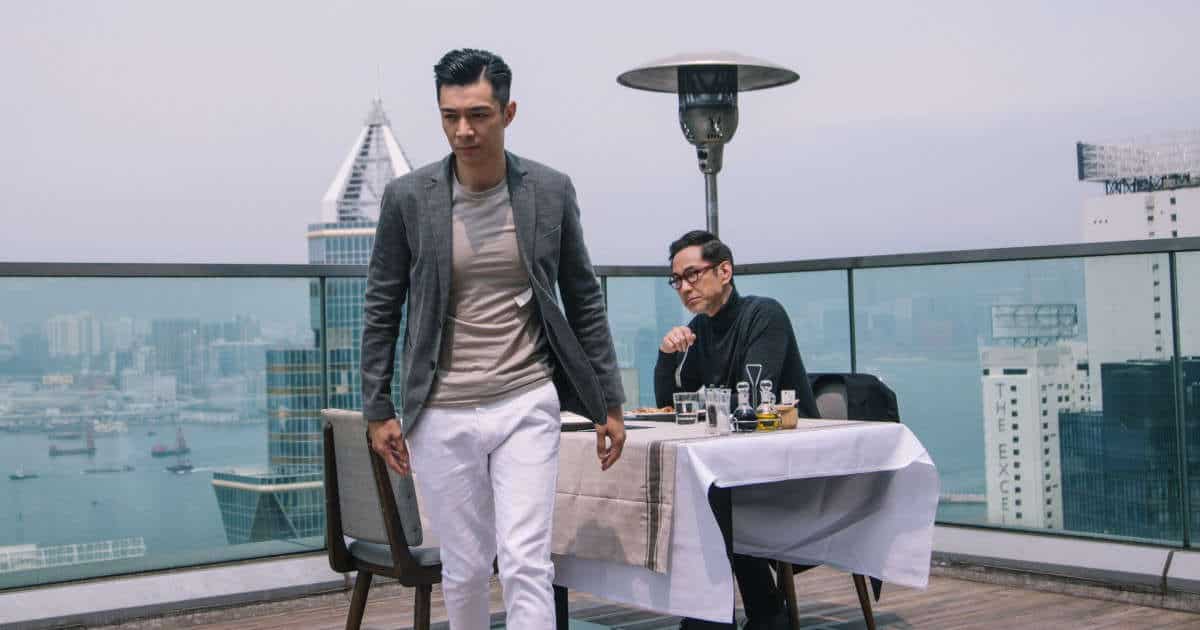







I generally agree. Save for some nits on character design. I picked up Die Neue These after sucking down the original 110 Episodes of the classic LOGH OVA. And while its pretty good, I can’t help but notice that the lead cast are all rockin’ that classics anime Oran High School Host Club esthetic. Other than eye and hair color, Yang and Reinhard pretty much have the same FACE, along with most of the male lead characters, Shenkopp (particularly jarring), Caselines, Mittermyer, Rhuenthal, Kircheis, Poplin … same FACE. I find it distracting as BLIP that all these senior military people look like they’re in High School.